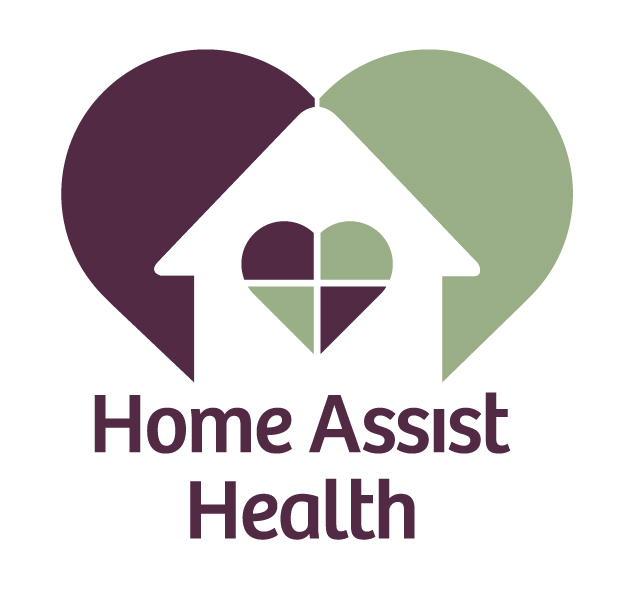 While all kids and seniors are special, some need more attention and guidance than others. In honor of National Yoga Month in September, these pointers will help you find your footing for those you care for.
While all kids and seniors are special, some need more attention and guidance than others. In honor of National Yoga Month in September, these pointers will help you find your footing for those you care for.
- Start from where they are.
When teaching yoga, open your eyes, ears, heart, and mind. Really see, hear, feel, and understand. See who is in front of you, and START FROM WHERE THEY ARE! Not from where you planned, from where you think they’re supposed to be, where society thinks they should be, or where the books say they are. If you start from where they are, they’ll be able to do just about anything… gradually. Sometimes you’ll need to break lessons down more simply, and you’ll definitely need to be flexible and creative! You can teach yoga to anyone if you follow this advice.
- Some needs are physical.
Blind individuals and seniors need more verbal instruction and touch to guide their movements, but they have amazing spatial awareness and can do absolutely anything—even partner poses and acrobatics! You’ll physically help them into poses at first, but after a few times, they’ll remember how to do it on their own. People with hearing impairments need to see you all the time so they can read your lips and imitate your movements. Talk less and demonstrate more here. If you can speak in sign language, this helps immensely. With people in wheelchairs, you can do chair yoga, or even take them off the wheelchair (watch your back though!) to move them into poses while they are on the floor. People who are bedridden can do a lot of yoga in bed. If they can’t move much, they can practice breathing exercises. If that’s too challenging, you can help them with guided imagery or maybe even massage. If this is too much, you can hold their hand and share your energy. There is always a way to do yoga!
- Other needs are mental or social.
People with various kinds and levels of disabilities are found throughout our community. From an aging body part or brain damage (from birth, injury, illness, or accident), there is a big range of disorders out there. You may also encounter a child or adult with autism spectrum disorders, memory issues like dementia or Alzheimer’s, and there are a million different syndromes, Down syndrome being just one of them.
4. Success builds success.
Always focus on the strengths of each individual. Often, a weakness in one area creates strength in another. If you start where it is easy for that person, they will gain confidence and slowly be ready to approach more challenging areas. Don’t start by working on the “issue” first.
- The above elements will help them achieve some of the things they might lack.
- Awareness and better body control
- Connection to other people and to their environment—they naturally withdraw into their own bubble
- Confidence and higher self-esteem
- Relaxation
- Do your research.
When you know you’re going to work with a person with a specific condition, research adjustments you might need to make to poses, the rhythm of the class, your communication, etc. Of course, when you actually meet that person, put aside those points and start from where they are, armed with knowledge to help them go where they want to be!
